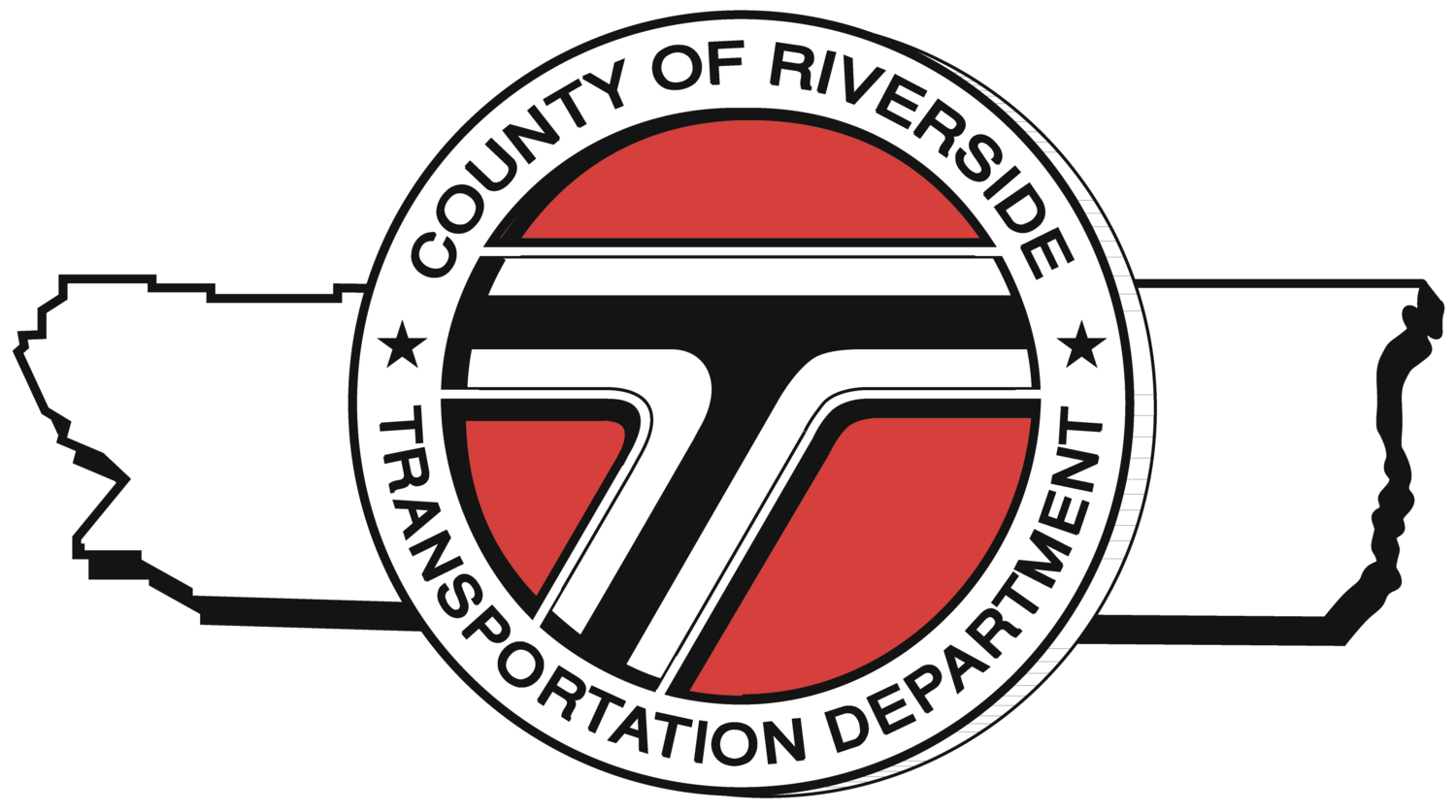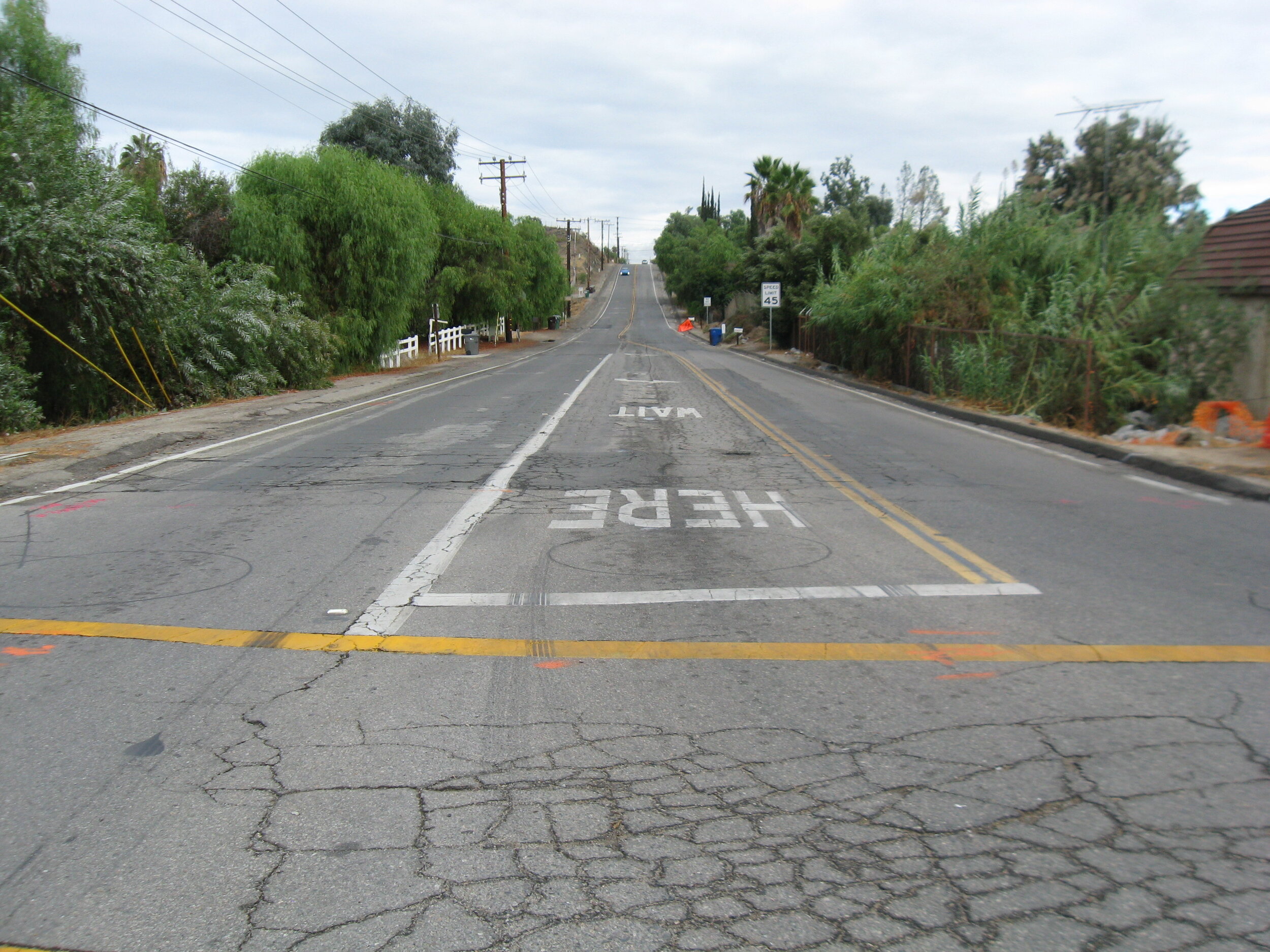Before & After Project Photos
frequently asked questions
Will any of the SB-1 funding go into the State's General fund?
Will there be any oversight and accountability to ensure proper expenditure of SB-1 funding?
How does SB-1 help alleviate congestion? Will SB-1 help build new road capacity?
Are SB 1 revenues funding CSU and UC research? How much is going for research?
Will any of SB 1 revenues be used to pay back old transportation loans?
1.How much of SB-1 funding will be used to fix our roads?
SB 1 invests more than $5 billion annually directly for maintenance, repair, and safety improvements on state highways, local streets and roads, bridges, tunnels and overpasses. SB 1 also provides investments in mass transit to help relieve congestion. In total, SB 1 will provide:
$1.5 billion for the State Highway Operations and Protection Program
$1.5 billion for local streets and roads $400 million for bridge maintenance and repairs
$300 million for goods movement and freight projects $250 million for congested corridors and relief management
$200 million for the Local Partnership Program to match locally generated transportation funds
$100 million for the Active Transportation Program to improve safety and expand access on streets, roads and highways for bicyclists and pedestrians
$750 million for mass transit
2. How much will SB 1 cost California families each year?.
The California Department of Finance calculated that the average cost to motorists is roughly $10/month. Here’s the math:
Registration: Nearly 50% of all registered vehicles in California are valued at less than $5,000. Forty percent are valued at less than $25,000. Thus, the average annual amount for vehicle registration is approximately $48.
Fuel: California’s 26 million licensed drivers consume 15.5 billion gallons per year. That is 577 gallons per driver, multiplied by 12 cents per gallon is $69.24 each. The annual cost per driver is: 2 Vehicle Registration $47.85 Fuel $69.24 Total $117.09 per year OR $9.76 per month
3. Will any of the SB 1 funding go into the State's General Fund?.
No funding from SB 1 goes into the General Fund. Revenues go directly into transportation accounts and are constitutionally protected. Article XIX of the California Constitution already protects the gasoline excise tax, vehicle registration fees, and a portion of the sales tax on diesel, and dedicates them to transportation purposes. This accounts for about 60% of the revenues generated by SB 1. Prop 69, a constitutional ballot measure which will go before the voters in June 2018, extends these same constitutional protections to the remaining 40% of new revenues generated by SB 1. If passed, Prop 69 will guarantee SB 1 funds can only be used for transportation purposes. It’s also important to remember, all gas tax moneys that were loaned in prior decades to the General Fund will have been repaid under SB 1.
4. How much will SB 1 cost California families each year?.
SB 1 strengthens the oversight and audit process by establishing an independent Inspector General who is appointed by the Governor to oversee programs to ensure all SB 1 funds are spent as promised and to reduce bureaucracy, waste, and red tape. The Inspector General is also required to report annually to the state Legislature.
Furthermore, SB 1 has significant accountability and transparency provisions designed to ensure the public has full access to information on how their tax dollars are being invested. For instance, cities and counties must publicly adopt and submit to the state a planned list of projects and year-end reporting that accounts for every single dollar of SB 1 revenue they receive.
5.How does SB-1 help alleviate congestion? Will SB-1 help build new road capacity?
SB 1 funds can be used to build new roads and increase capacity on our roads and highways. SB 1 also invests in technology and other infrastructure that is proven to reduce congestion on the existing transportation network.
SB 1 funds will be used to restore the State Transportation Improvement Program (STIP). The CTC previously cut and delayed $1.5 billion in projects from STIP, including new capacity projects, which are now eligible to move forward.
There is $200 million annually in SB 1 for self-help counties that can be used on new roads and capacity increasing projects.
SB 1 includes $250 million annually for congested road and highway corridors and $300 million for the trade corridor programs, which can both fund increased capacity.
Lastly, while cities and counties will primarily (initially) be using local funds on “fix it first” projects to repair roads in bad shape, local governments can use these funds for new roads and capacity enhancements, especially once their road conditions are brought up into a state of good repair.
6. Why did the Legislature increase taxes instead of using existing state revenues to fix our transportation system?
California has a combined need of over $130 billion over the next 10 years just to bring the state highway and local street and road systems into a good and safe condition.
SB 1 follows the user-pay model where everyone pays their fair share and all drivers pay a little more to fix the roads they drive on.
7. What sort of impacts will SB-1 have on the state's economy?
SB 1 is a job creator. SB 1’s $5 billion annual investment will create or support 682,029 jobs over 10 years in California throughout all sectors of the economy. This is according to a February 2018 analysis of SB 1 by the American Road and Transportation Builders Association.
8. Are SB-1 revenues funding CSU and UC research? How much is going for research?
SB 1 directs $7 million (one-tenth of one percent of total SB 1 revenues) to CSU and UC transportation research institutions for research directly related to improving transportation technology, practices, materials, and impacts to the environment.
9. Are SB-1 funds being used for non-transportation purposes like off-road trails and boating infrastructure?
A percentage of the existing gas tax revenue related to fuel sales from boats, agricultural equipment, and other off-highway vehicles (quads, dirt bikes) has always gone toward supporting infrastructure related to these economic and recreational activities. The percent of gas tax revenues collected from these sources is two percent (2%).
10. Will any of SB-1 revenues be used to pay back old transportation loans?
No. All outstanding transportation loans are being repaid by the General Fund. In fact, the FY 2016-17 state budget already started to repay those loans. SB 1 requires all loans to be repaid by 2020.
No funds raised from SB 1 will be used to fund High-Speed Rail. California’s state-maintained transportation infrastructure will receive roughly half of SB 1 revenue: $26 billion. The other half will go to local roads, transit agencies and an expansion of the state’s growing network of pedestrian and cycle routes. There is no remaining balance that could be used for the high-speed rail project. A full overview of how the funds are allocated can be found here.












